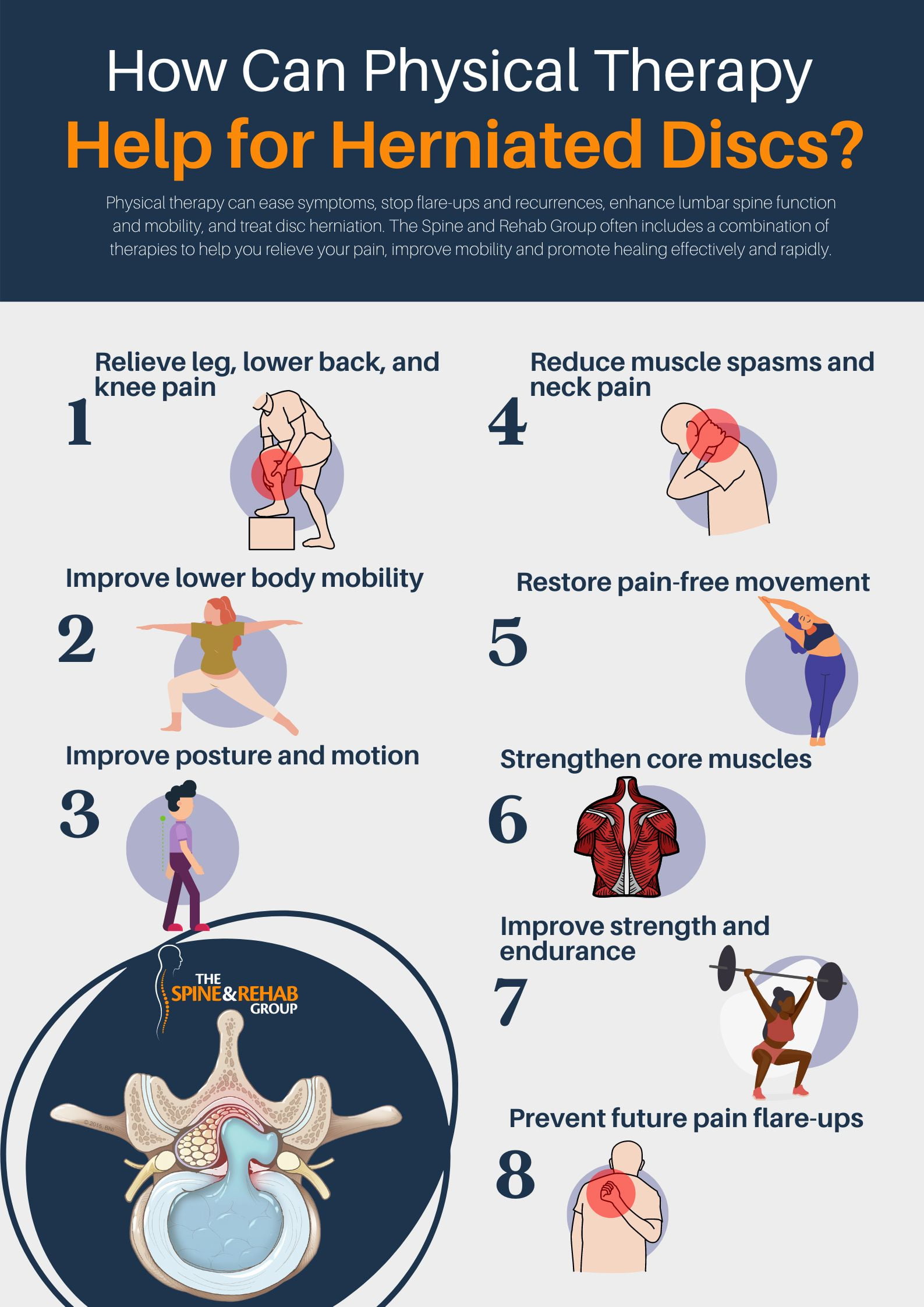Comprehending Pain: The Science Behind Care Services
Pain is a universal experience that affects countless of people across the world, transcending age, sex, and culture. Whether chronic or short-term, the feeling of pain can drastically alter a person's quality of life, affecting daily activities, emotional well-being, and or relationships. Understanding pain and the different management services available is crucial for anyone seeking relief and a better quality of life. This comprehensive guide dives into the science behind pain, exploring the different types of pain, treatment options, and innovative therapies that can help patients manage their pain effectively.
Pain management is not just alleviating pain; it involves a comprehensive approach that considers bodily, emotional, and social factors that influence the pain experience. From traditional methods like medication to alternative treatments such as acupuncture and chiropractic care, the field of pain management is diverse. By examining the roles of physical therapy, lifestyle changes, and specialized pain management clinics, this article will highlight how effective patient care and targeted interventions can lead to significant improvements in overall health and well-being. Join us on a journey to uncover the intricacies of pain management and discover the therapies that truly work.
Categories of Discomfort and Treatment Strategies
Pain can generally be categorized into 2 main types: sharp and chronic. Sharp pain is a rapid onset pain that typically lasts for a brief duration and is often a result of injury, surgery, or illness. This type of discomfort usually resolves once the underlying issue is addressed. Treatment strategies for sharp pain often include drugs such as non-steroidal anti-inflammatory drugs, rehabilitation, and in some cases, short-term opioids. Successful management aims to reduce discomfort quickly and enhance recovery.
Chronic discomfort, on the other hand, persists beyond the usual healing time and can last for months or even years. It is often associated with conditions like joint inflammation, chronic widespread pain, or severe headaches. Managing chronic discomfort requires a multidisciplinary approach, combining medications targeting pain relief, rehabilitation to improve functionality, and psychological support to address the emotional aspects associated with long-term pain. Techniques such as awareness and CBT can also play a crucial role in treating emotional distress linked to chronic discomfort.
Recognizing the specific type of discomfort is essential in creating an effective treatment strategy. The associated symptoms and the patient's lifestyle must be taken into account to customize a treatment plan that may include interventional techniques, alternative therapies, and lifestyle changes. As each individual reacts differently to treatments, a personalized approach can significantly enhance quality of life for those experiencing various pain issues.
Therapeutic Approaches in Discomfort Alleviation
Pain management encompasses a multitude of therapeutic approaches aimed to alleviate discomfort and enhance quality of life. Physiotherapy is a fundamental part of pain relief, particularly for chronic conditions. Through specific exercises and techniques, physical therapists help patients recover strength, flexibility, and mobility, which can greatly reduce pain feelings. Tailored rehabilitation programs can also instruct patients how to handle their pain through correct body mechanics and physical modifications.

Chiropractic treatment also plays an important role in pain management, especially for muscle and bone issues. Chiropractic specialists focus on spinal alignment and overall body function, providing treatments that can reduce tension and reduce pain. Techniques such as manipulation of the spine and movement therapy can bring back proper movement and reduce pain, providing an efficient alternative to surgical options or drugs.
Supplementary treatments, such as massage and acupuncture, offer additional methods for pain relief. Massage therapy can improve circulation and lessen muscle tension, encouraging relaxation and pain reduction. Acupuncture, grounded in ancient Chinese practices, concentrates on specific points in the body to alleviate pain in a natural way by engaging the nervous system. These integrated approaches not only address physical symptoms but also take into account the mental and emotional aspects of pain, encouraging a comprehensive approach to pain management.
Life Style and Holistic Pain Management
Taking on a holistic approach to pain management can be a life-changing step for numerous people. It involves making deliberate lifestyle changes that promote overall well-being and can alleviate pain symptoms. Including frequent physical activity, balanced nutrition, and adequate sleep can significantly affect pain levels. For example, participating in low-impact exercises such as hiking, floating, or Pilates not only helps in maintaining physical health but also boosts mood and energy levels, which can directly influence the perception of pain.
Mindfulness practices, including mindful breathing and relaxation techniques, have shown potential in managing pain. These practices help reduce stress and anxiety, which are often factors to chronic pain conditions. Mindfulness emphasizes awareness of the present moment, allowing individuals to gain better command over their pain responses. Additionally, techniques such as diaphragmatic breathing exercises or visualization can enhance mental resilience, making it easier to manage with discomfort and minimize the overall experience of pain.
Nutrition plays a crucial role in holistic pain management as well. Anti-inflammatory foods, such as citrus, greens, whole grains, and healthy fats, can help diminish inflammation and contribute to pain relief. Staying hydrated and avoiding processed foods can further support a better lifestyle. Emphasizing https://casinokeeda.com/members/brandarmy1/activity/741270/ balanced diet along with lifestyle changes encourages a comprehensive approach, where physical, mental, and emotional health all contribute to better pain management outcomes.